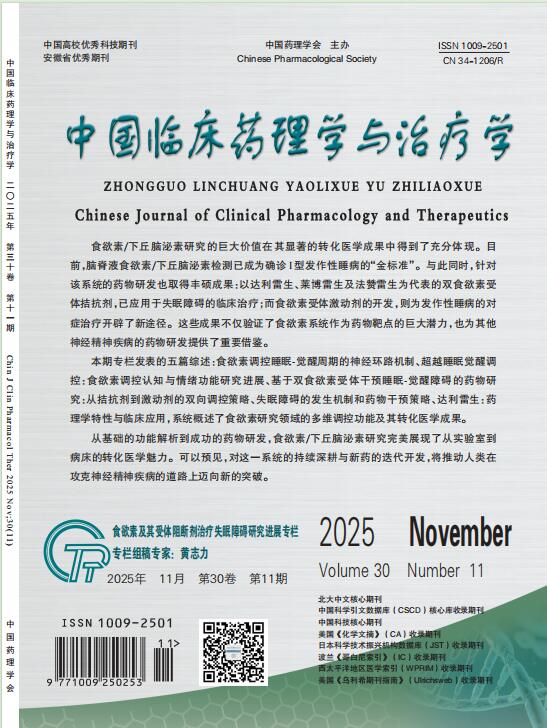Efficacy and safety of XELOX therapy in comparison with capecitabine monotherapy in adjuvant chemotherapy for elderly patients with colorectal cancer
ZHANG Dezhi, LIU Meng, ZHU Shaogong, LIU Guiju, JI Jie
2020, 25(8):
926-936.
doi:10.12092/j.issn.1009-2501.2020.08.012
 Asbtract
(
1041 )
Asbtract
(
1041 )
 PDF (854KB)
(
302
)
Related Articles |
Metrics
PDF (854KB)
(
302
)
Related Articles |
Metrics
AIM: To investigate the efficacy and safety of the XELOX therapy (capecitabine plus oxaliplatin) versus capecitabine monotherapy in adjuvant chemotherapy for elderly patients with colorectal cancer. METHODS: This study included 195 elderly patients with early colorectal cancer (60-82 years old) who underwent R0 surgical resection from January 2010 to December 2017 in Zhengzhou People's Hospital. Patients received either adjuvant chemotherapy with capecitabine monotherapy or XELOX therapy after surgery (selective adjuvant chemotherapy based on patient ECOG score, physical status, physician assessment, patient tolerance, and willingness). The baseline clinical data were collected through the hospital case system and patients were followed up according to the trial protocol. Disease-free survival (DFS) and overall survival (OS) were analyzed by Kaplan-Meier survival analysis. Cox risk ratio model was established to evaluate the efficacy of different adjuvant chemotherapy regimens with the same risk factors. Adverse reactions above level 2 (according to CTCAE 4.0) were recorded for safety analysis. RESULTS:The median follow-up of the study was 5.75 years (the follow-up time range: 0.30-7.50 years). The efficacy was evaluated in 195 patients enrolled in the study. The median disease-free survival (mDFS) was 5.0 years in the overall patient population, and the mDFS in the XELOX group was 5.5 years, significantly higher than the mDFS of the capecitabine monotherapy group for 3.6 years (P=0.047, 95%CI: 2.06-5.14). The overall median overall survival (mOS) was 7.1 years, and the mOS of the XELOX group was 7.1 years, significantly higher than the median total of the capecitabine monotherapy group mOS 4.5 years (P=0.021, 95% CI: 3.30-5.70). With the same risk factors, when the patients were younger than 70 years old, both the DFS (HR=0.74, P=0.036) and OS (HR=0.78, P=0.041) patients could benefit from the XELOX regimen; when the patients ≥70 years old, only DFS (HR=0.77, P=0.035) could benefit from the XELOX therapy. Regardless of the patient's comorbidities, the patient's DFS and OS benefit from the XELOX therapy. However, patient's DFS and OS can benefit from XELOX only when the number of lymph nodes examined was less than 12 nodes and the number of cycles of patients receiving adjuvant chemotherapy was ≥6 cycles. In terms of adverse reactions, the incidence of neutropenia (61.54% vs. 39.74%, P=0.003) and neurotoxicity (65.81% vs. 0%) were significantly higher in the XELOX therapy than the capecitabine monotherapy regimen. Other adverse reactions such as diarrhea, stomatitis, thrombocytopenia, hand-foot syndrome, anemia, nausea and vomiting, increased AST/ALT, and hair loss were not significantly different between the two groups (P>0.05). CONCLUSION: The XELOX therapy does not significantly increase adverse events in elderly patients, and elderly patients (age<70 years old) who combine oxaliplatin on the basis of capecitabine can significantly benefit from DFS and OS,but when the patients were≥70 years old, only DFS can benefit, while OS cannot.


